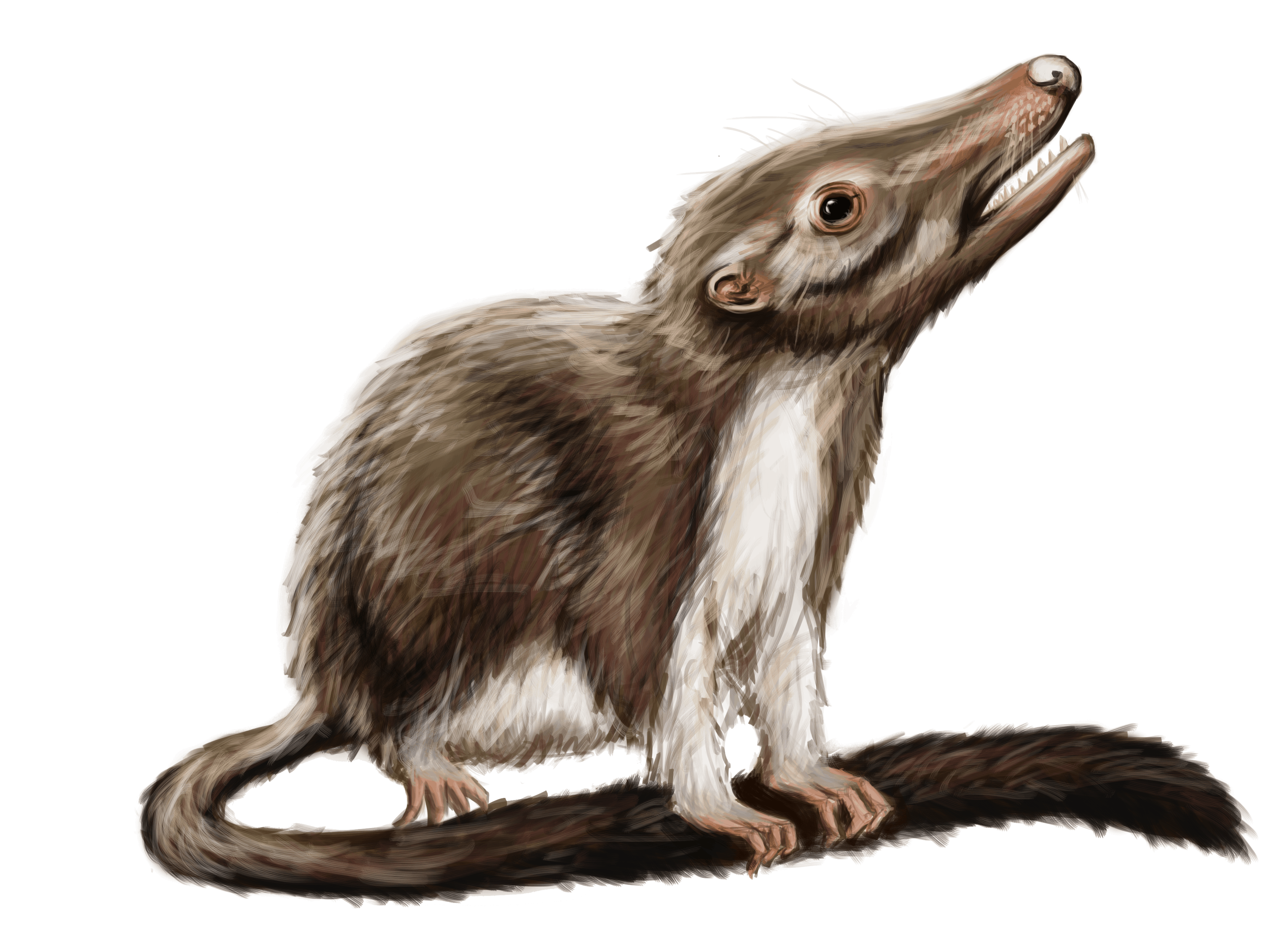An international team consisting of 23 researchers has discovered — after painstakingly analyzing thousands of mammalian character traits — that the placental ancestor to all mammals is a fleshy-nosed, furry, insect-eating animal the size of a hamster. This was concluded after the research team, which included utsc’s assistant professor Mary Silcox, organized a system that they call The Matrix.
“In [The Matrix] we put all of our observations that might be the look of a bone, or the shape of a nose, or the colour of fur, or something like that. We combine thousands and thousands of data points like this,” said Maureen O’Leary, the team’s lead researcher and an associate professor at Stony Brook University in New York. “For the first time, we did this on a very large scale.”
Through the organization of over 4,500 character traits, and without a known physical fossil, the team was able to determine the shape of the animal’s uterus and brain. As they carefully traced these features backwards, the researchers were able to reconstruct a hypothetical model of the bones of our small scampering ancestor.
It was Silcox’s job to analyze over 1,400 traits of dental records from various living and extinct placental mammals. It was a highly important and informative process. Since enamel is so resistant to decay, it is the only thing that is left to study in a fossil. The information provided by the analysis of teeth can lead to the discovery of the size of an animal and its diet.
The team also used known data from living and extinct placental mammals to find out when the animal roamed the earth. The time in which our hamster-like ancestors existed is highly disputed amongst scientists, since DNA records suggest that they lived with dinosaurs before their extinction, 100 million years ago. However, valuable fossil evidence and the additional clues given by DNA records, suggest that placental mammals only came to be after the Mesozoic Era finished, around 200,000 to 400,000 years after an asteroid wiped out over 70 per cent of all species that existed at the time.
“This was based on data,” said Silcox, the only Canadian member of the team. “It’s a much more powerful approach than just kind of making up a story based on your expectations.”
O’Leary also explained how specific groups of mammals can be researched given this newfound conclusion. The origin of specialized traits, like flight and swimming, can be specifically worked on to fill in nodes, unknown gaps on the
genealogical tree of life.
Anthropologists are generally unaware of the reasons why placental animals have been so successful in dominating most of the Earth, but they do know these mammals can drastically morph over time to increase efficiency. The whale species, which evolved from land animals that developed without limbs over time, is an example of major changes that have occurred in species.
The tree of life and the discovery of our ancestor shows us how humans, bats, cats, dogs, whales, giraffes, and every other placental mammal began to nurture their offspring inside the uterus with the organ placenta, rather than laying eggs or possessing pouches. It allows us to recognize how much time and change is required for evolution to take place.
The massive system referred to as The Matrix can be found publicly online including over 12,000 images at morphobank.org.


